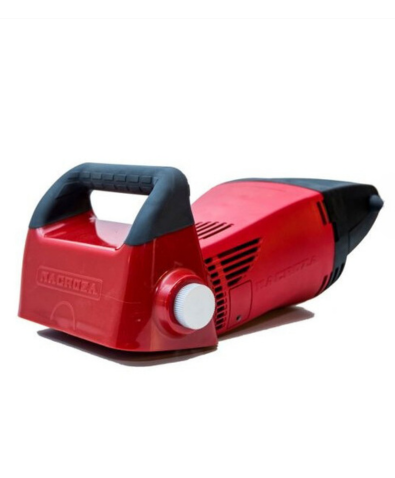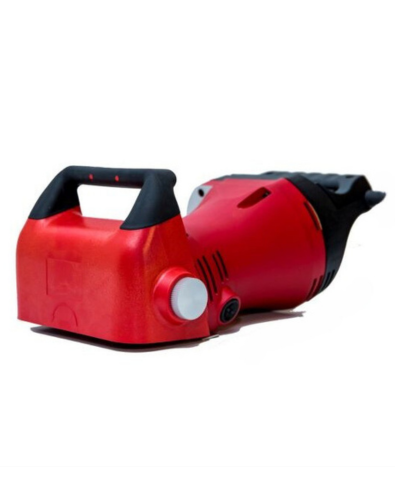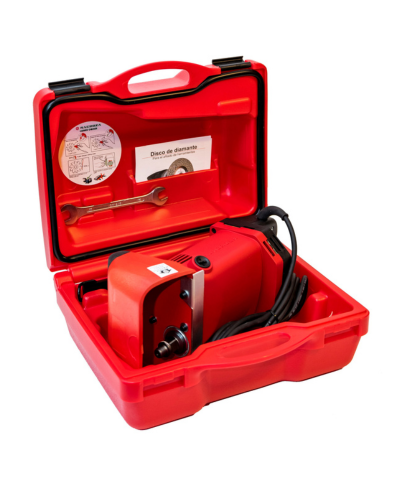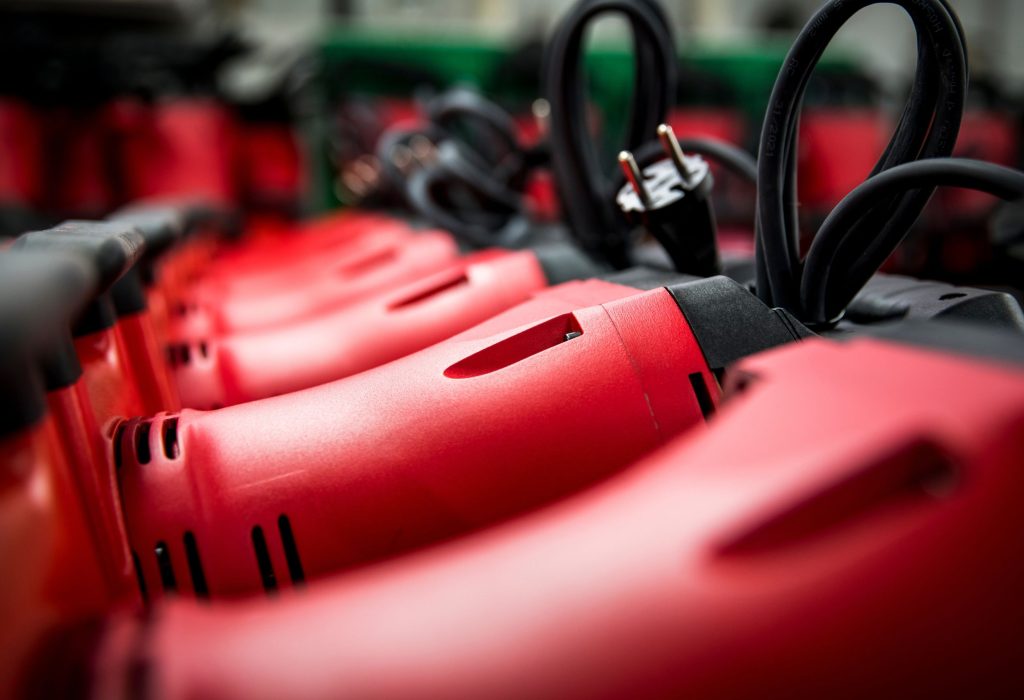
If you are considering how to make chases with a drill, this content is of vital importance to you.
Before we begin, you should know who we are. MACROZA is a company founded in 1956 and specialized 100% in wall chasers, professional tools for the type of work you need.
Therefore, we are experts, with more than 60 years of experience, of everything related to making chases; either with drills, wall chasers and on any material.
Before venturing into your task, you should know that chasing with drills is NOT at all a recommended practice.
However, here is a detailed guide on how to make chases with drills, what risks are involved and what alternatives we recommend.
Chases and drill use
You will know, that chases are channels in the walls for the installation of pipes and cables, mainly.
The drill has been misused for years for this function, but it is far from being a suitable tool. The professional way to do it is with professional wall chasers.
To make you aware of the risks and to help you achieve the best results should you go ahead with the drill, please see the following section:
Risks and limitations of the use of drills for chases
The use of the drill to make chases in the wall involves a high level of risks such as:
- Cause irreversible structural damage
- Achieving results with a very low level of accuracy
- Excessive extension of the time required to perform this task
However, in case, with this notice, you would like to go ahead with it, here are the details to help you do so:
What tools and materials do you need?
To make chases with a drill, you will need;
- A powerful drill with a suitable drill bit
- A chisel
- A hammer for removal of wall fragments
- A pencil for marking
- Plaster for finishing.
It is important to select quality tools and appropriate materials to ensure efficient and safe work.
How to make chases with drills step by step
To improve the process of making chases with a drill, and being already aware of the risks, here you have a step by step in detail:
Preparation and Planning
- Wall Inspection: Before starting, inspect the wall to identify the type of material and possible obstacles such as pipes or electrical wires.
- Precise Marking: Use a pencil to clearly mark the chase path. It is important to measure and mark accurately to avoid errors and additional work.
- Use of Protective Equipment: Always wear safety goggles, gloves and a mask to protect yourself from dust and debris.
Choice of Suitable Tools
- Drill and Bit Selection: Choose a powerful drill and drill bits suitable for the type of wall. For brick or concrete walls, a rotary hammer with masonry bits is recommended.
- Auxiliary Tools: Prepare a chisel and hammer to remove wall fragments. Also keep a vacuum cleaner handy to clean up the dust generated.
Drilling Process
- Initial Drilling: Start drilling holes at the ends of the marked chases. These boreholes must be deep and accurate.
- Consecutive Drillings: Continue drilling along the marked line, keeping a uniform distance between them. This will facilitate the removal of the material from the wall.
Material Removal and Finishing
- Using the Chisel and Hammer: Once the holes have been drilled, use the chisel and hammer to carefully remove the wall fragments between the holes.
- Cleaning and Finishing: Clean the area with a vacuum cleaner to remove dust and debris. If necessary, use plaster or putty to smooth the surface and give a clean finish.
The best alternative to drills for chasing in walls
If you want to achieve better results, reduce risks and save an infinite amount of time when chasing the wall, get a professional wall chaser.
And, if you want to save up to 200% more time and work 100% clean while vacuuming up all the dust generated, get a MACROZA high-performance wall chaser for professionals. The change is abysmal, we guarantee it, and if not take a look at this video of Tu Ferretero de Confianza:
Additional considerations when chasing with drill holes
When chasing with a drill, it is essential to consider the type of wall and the materials involved. For example, plaster walls require a different approach than brick or concrete walls. In addition, it is crucial to use drills suitable for each material and to consider the depth and width of the chases to avoid structural damage.
Tips for safe and effective work
Safety is paramount when chasing with a drill. Always wear personal protective equipment, such as safety glasses and gloves. Also, be sure to work in a well-lit and unobstructed area. Work efficiency depends not only on the tool used, but also on proper technique and preparation.
The advantages of the MACROZA wall chasers
Although we have detailed how to make chases with a drill, you already know that MACROZA wall chasers offer a far superior alternative.
Our tools are specifically designed for chasing, providing a cleaner, faster and safer job.
With MACROZA, you get a tool that adapts to different wall types and materials, guaranteeing professional results in every project.
If you want to get yours, please contact us! Take a look at the result you will get with our Wall Chaser machines for chasing:






